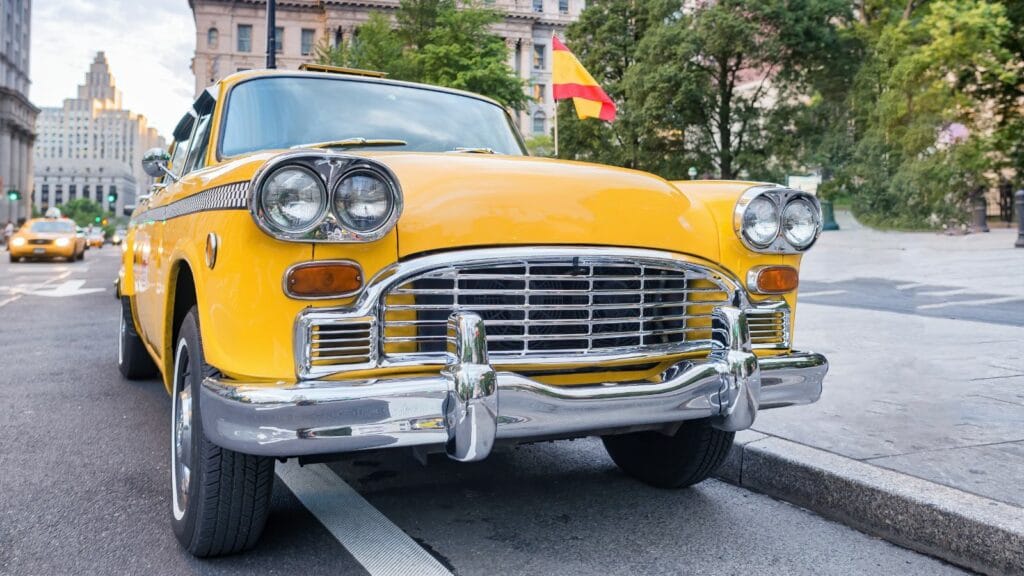Driving has been a cornerstone of modern life for more than a century. From horse-drawn buggies to futuristic electric marvels, vehicles have done more than get us from point A to point B; they’ve reshaped how we live, work, and dream. This list dives into 24 trailblazing vehicles that rewrote the rules of the road.
Ford Model T (1908)
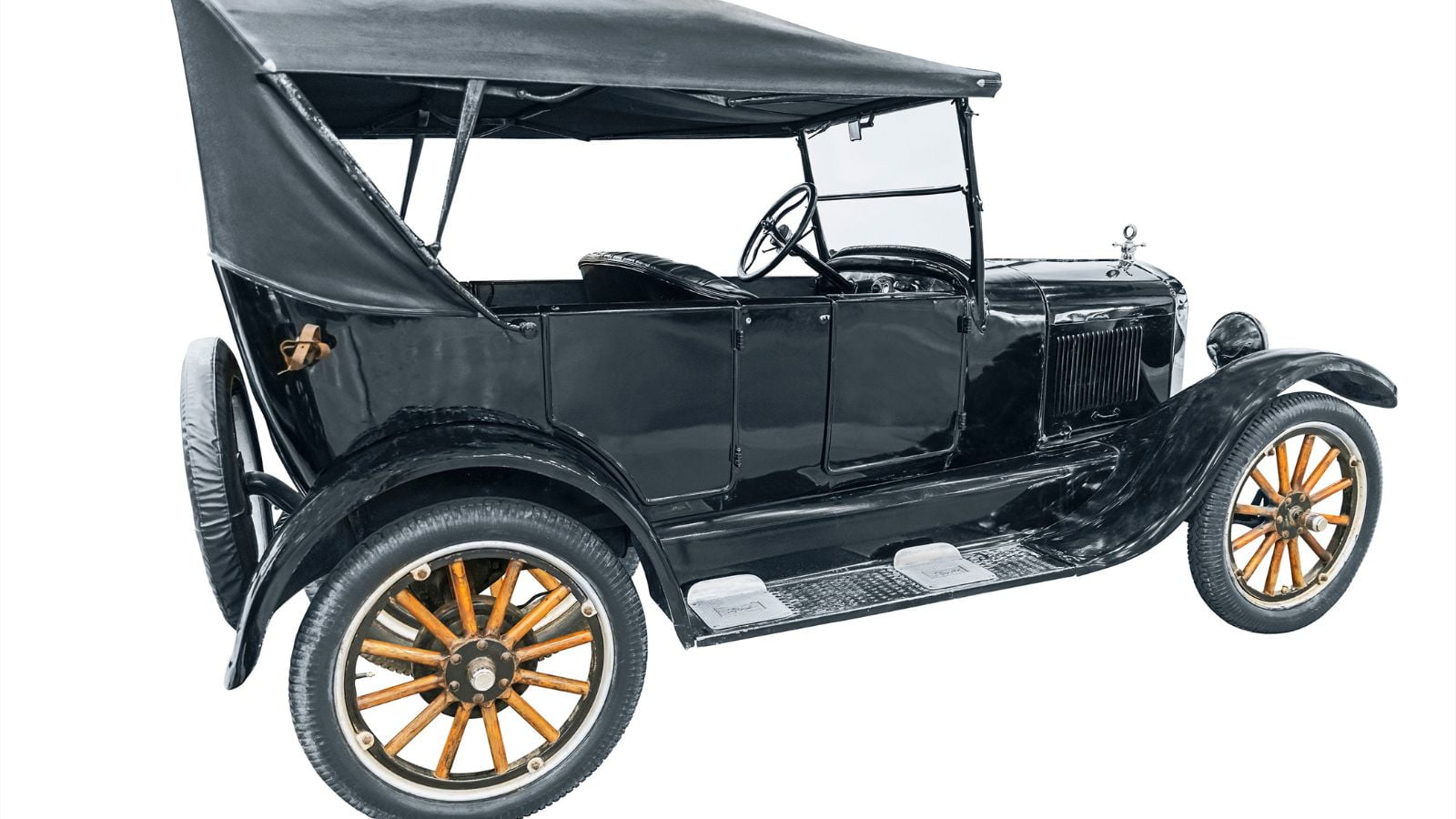
Let’s start with the granddaddy of mass production: the Ford Model T. Henry Ford’s brainchild wasn’t the first car, but it made driving accessible to the common folk. Its lightweight design and high ground clearance made it versatile for urban and rural settings. Priced at $850 initially and dropping to $260 by the 1920s, it democratized transportation. The car’s production peaked in 1925, with over 15 million units sold by 1927. Also, its adaptability led to numerous modifications, from trucks to tractors. It democratized driving and put America on wheels.
Volkswagen Beetle (1938)
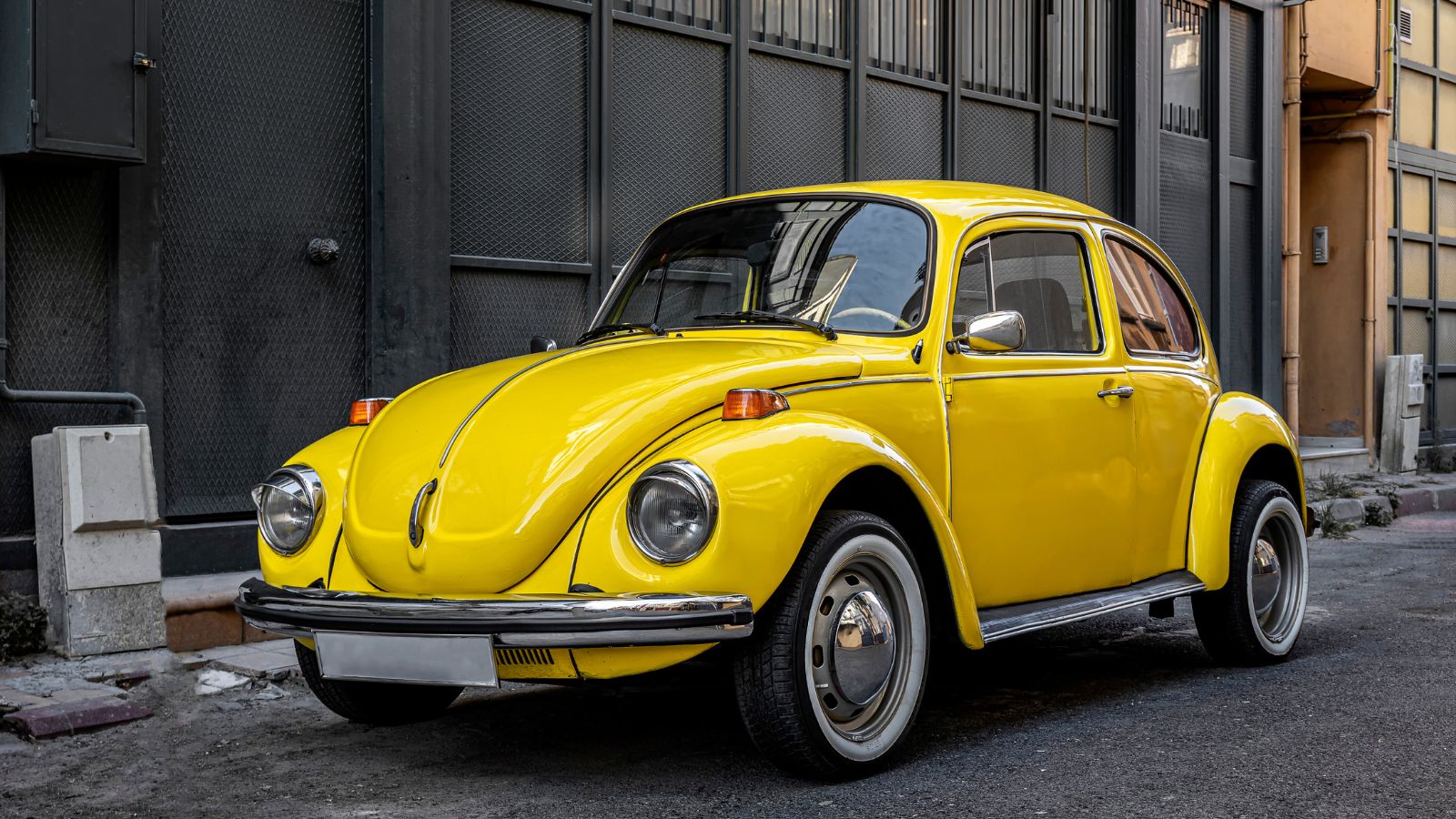
Designed to be “the people’s car,” the VW Beetle went from a Nazi-era pet project to a symbol of 1960s counterculture. Its defining features included a rear-mounted, air-cooled 985cc flat-four engine, 24 horsepower, and a unique curved body for aerodynamics and weight savings. The Beetle could reach a top speed of about 62 mph (100 km/h) and achieved impressive fuel efficiency at around 33 mpg. Plus, over 21 million units sold worldwide prove it was much more than a cultural icon; it was a global automotive juggernaut.
Jeep CJ (1945)

The Jeep CJ (Civilian Jeep), introduced in 1945, was the first mass-produced civilian off-road vehicle. Developed by Willys-Overland, the CJ-2A was a direct descendant of the iconic World War II Willys MB, retaining its rugged, utilitarian design. It also featured a 2.2L “Go-Devil” flathead inline-four engine, producing 60 horsepower and 105 lb.-ft of torque, paired with a three-speed manual transmission and a dual-range transfer case. This setup ensured exceptional off-road capability. It practically invented off-roading, a hobby that now supports a billion-dollar industry.
Chevrolet Bel Air (1955)
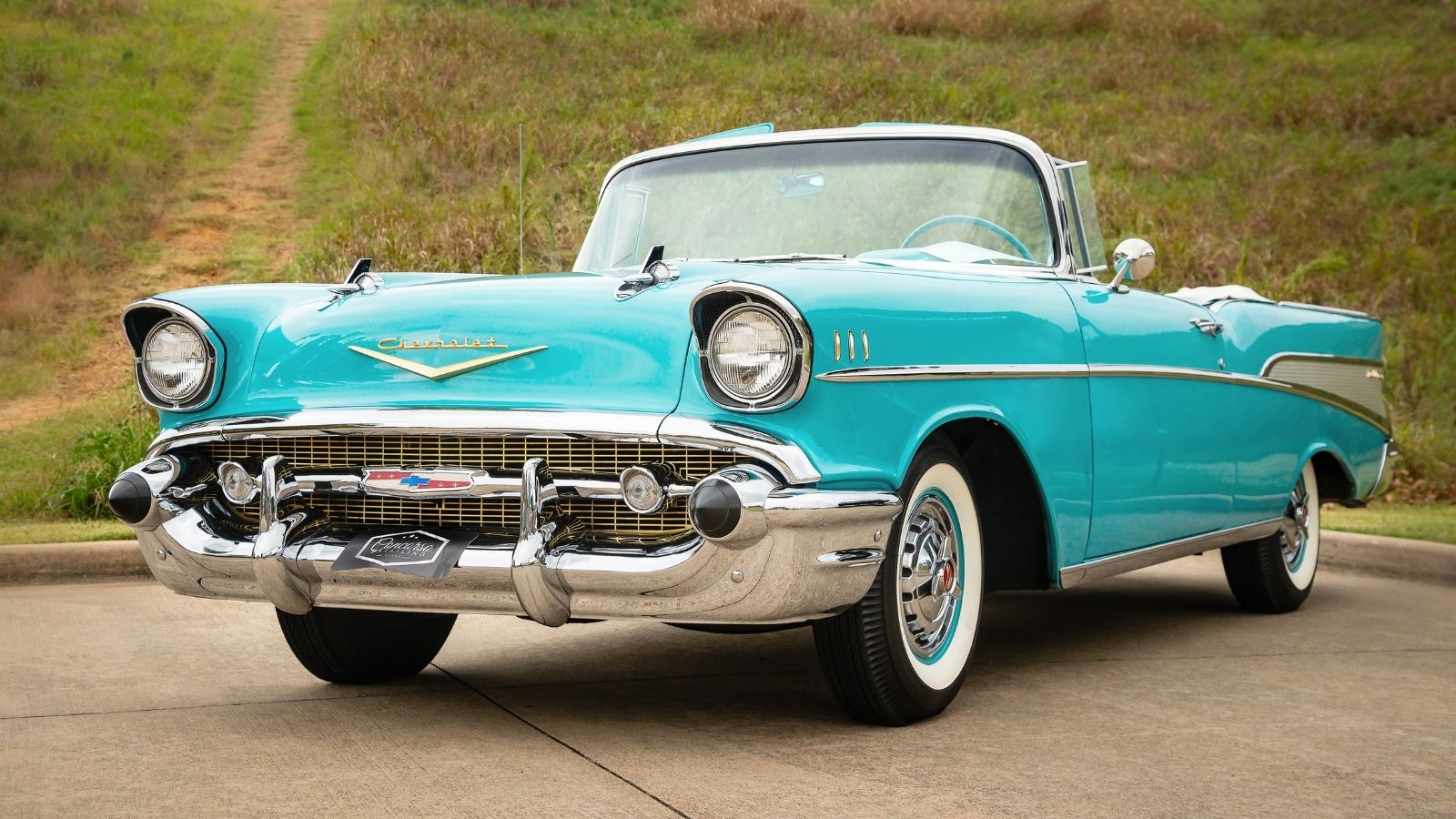
The Bel Air is the epitome of 1950s America: flashy, bold, and dripping with chrome. As Chevrolet’s full-sized offering, it boasted a completely redesigned body with sleek, modern styling and a distinctive “shoebox” shape. This year, Chevrolet introduced its legendary 265-cubic-inch small-block V8 engine, a milestone in American automotive engineering. The engine even offered up to 180 horsepower with an optional “Power Pack,” catapulting the Bel Air into muscle car territory. It wasn’t just a car; it was a statement.
Mini Cooper (1959)
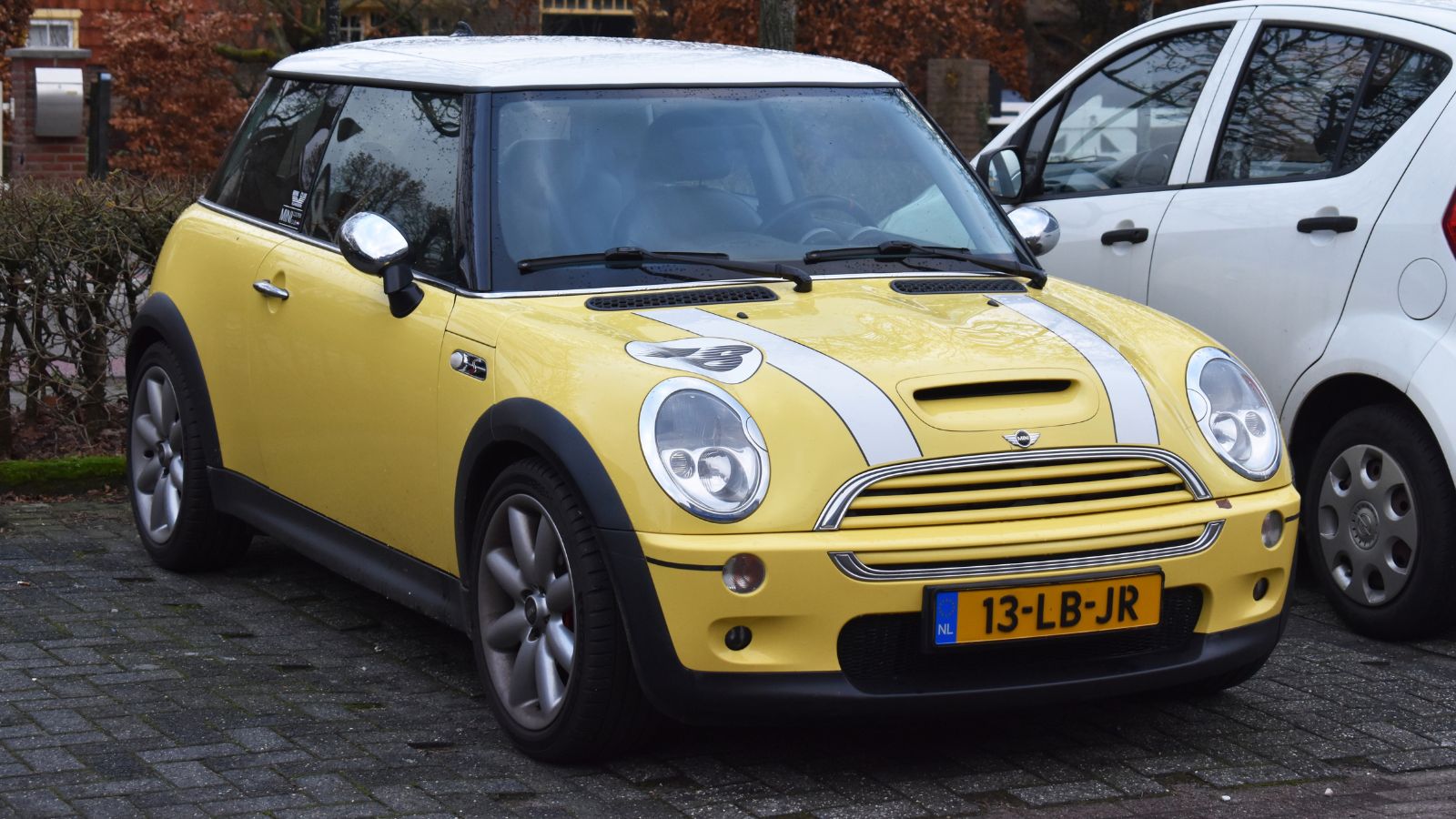
Proof that small can be mighty, the Mini Cooper revolutionized city driving. The original Mini, sold under the Morris Mini-Minor and Austin Seven brands, boasted a 0.8-liter engine producing 34 horsepower. And, despite its modest power, its lightweight construction and agile handling made it a favorite among enthusiasts. It became a cultural icon driven by celebrities like The Beatles and featured in the 1969 film The Italian Job. Oh, and it dominated rally racing, proving that size doesn’t matter — at least not on winding roads.
Ford Mustang (1964)
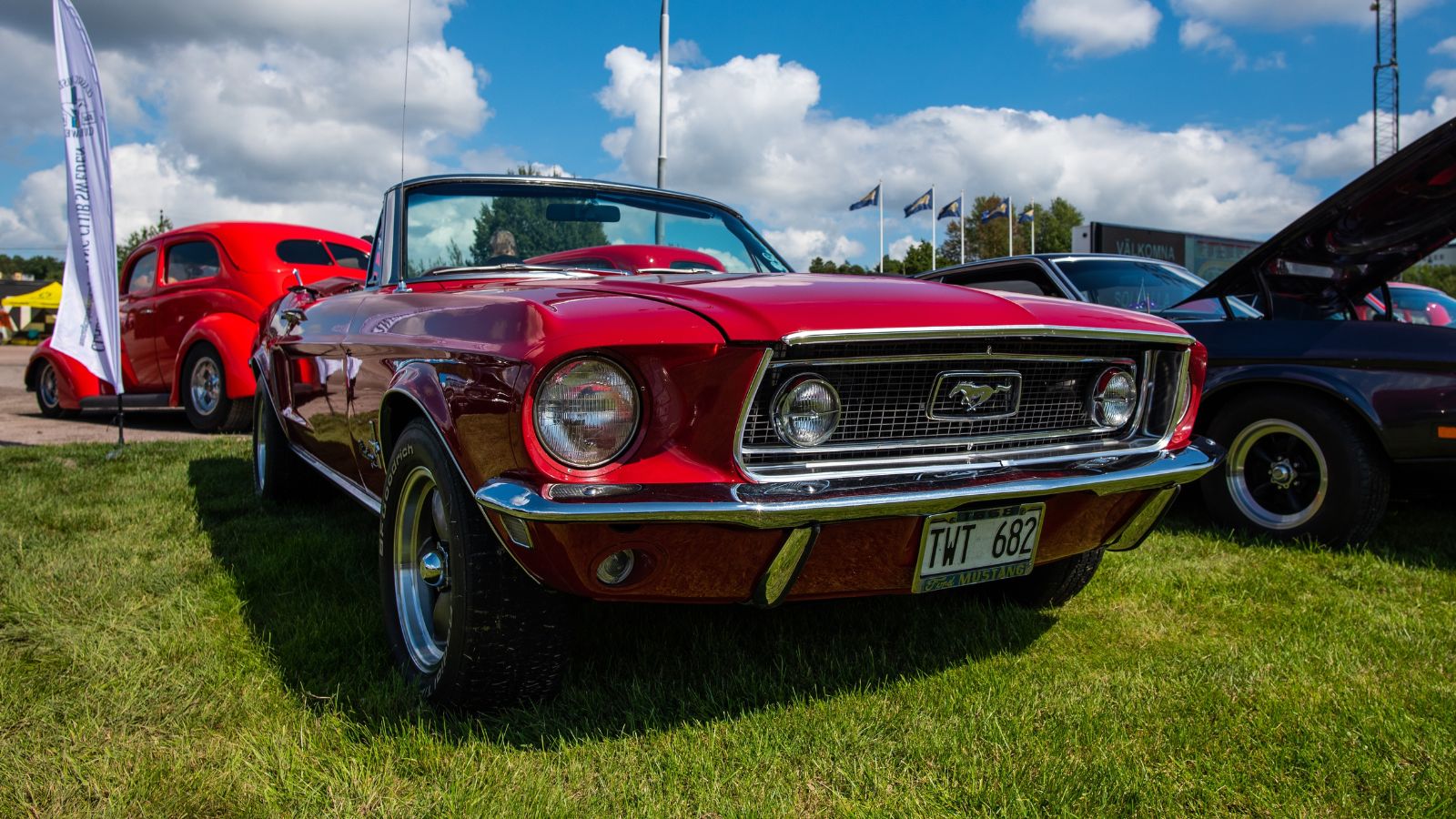
The Mustang was the original pony car, combining sporty looks with an affordable price tag. Penned under the guidance of Ford’s visionary Lee Iacocca, the Mustang was created to appeal to the emerging baby boomer market craving affordability, performance, and style. Its design, led by Joe Oros and his team, featured a long hood, short rear deck, and sporty proportions, embodying a youthful, rebellious spirit. Today, it’s an enduring symbol of freedom and rebellion.
Toyota Corolla (1966)

Love it or hate it, the Toyota Corolla is the undisputed king of reliability. Designed as a compact, affordable family car, the Corolla’s styling leaned heavily on simple lines. The boxy shape maximized interior space while maintaining a modest overall footprint, ideal for Japan’s crowded streets. And, with over 50 million units sold, it’s the best-selling car in history. The Corolla proved that dependable and affordable transportation could also be wildly popular.
Lamborghini Miura (1966)
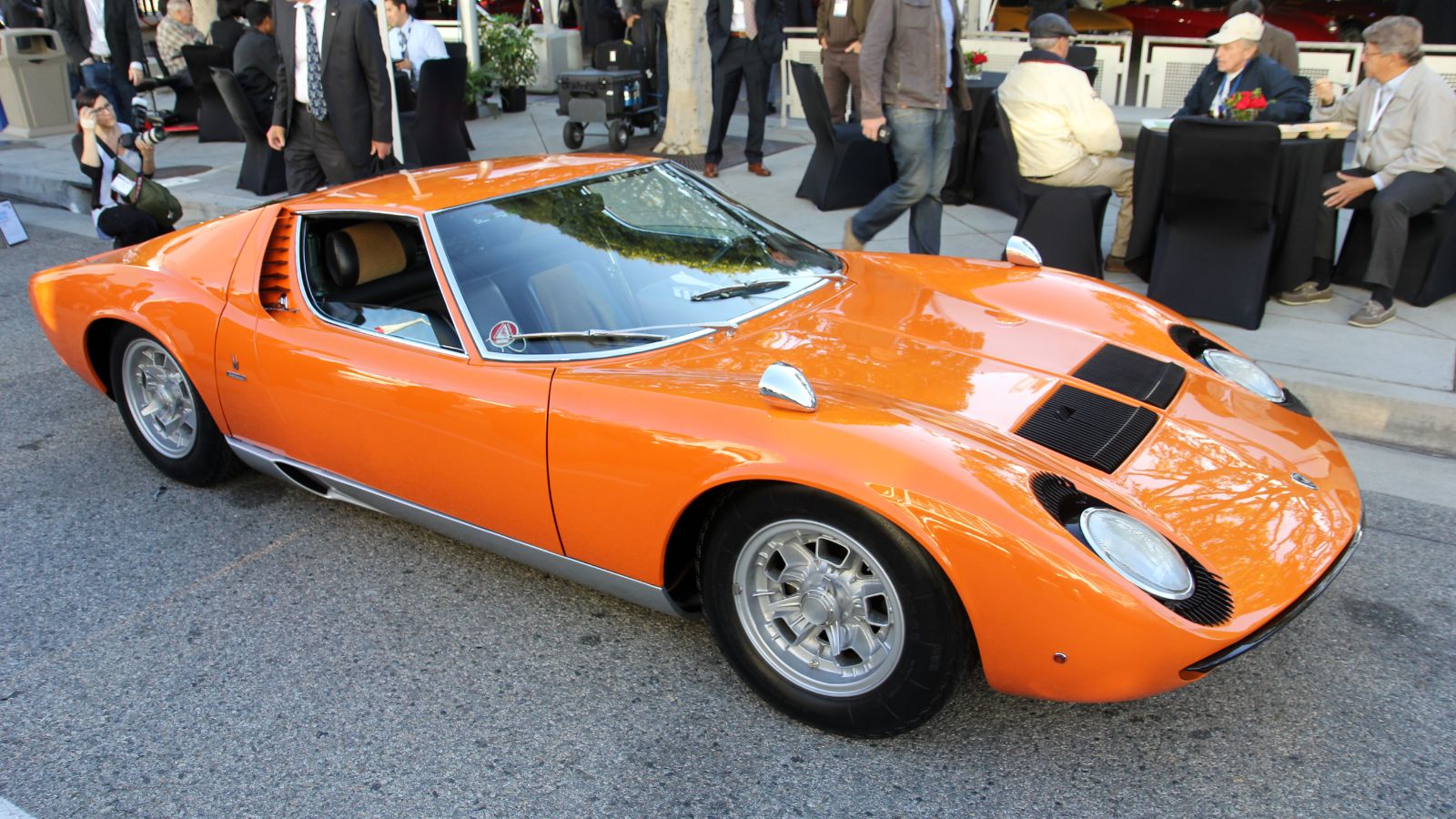
The Miura wasn’t just a car but an Italian supermodel on wheels. Penned by Marcello Gandini at Bertone, its sleek, low-slung profile and dramatic curves set new standards for automotive aesthetics. Distinctive design elements included its “eyelash” headlight surrounds, an elegant touch of whimsy, and an intricate “clamshell” bonnet that showcased the engine and storage. Its aluminum body was also perched on a lightweight steel chassis, underscoring its performance-focused ethos. It showed the world that cars could be as much about art as they are about engineering.
Range Rover (1970)
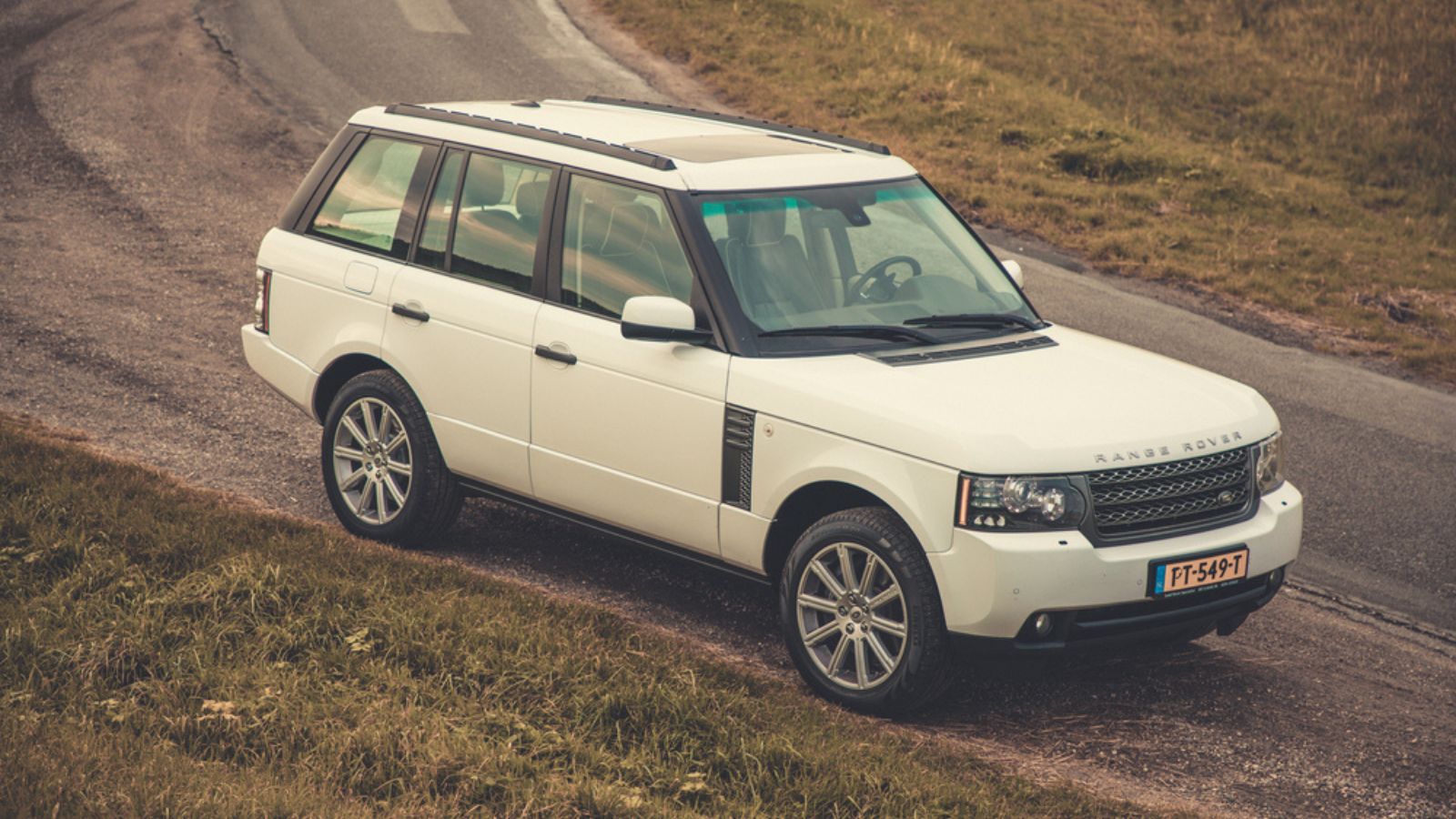
Luxury and off-roading weren’t supposed to mix until the Range Rover came along. Its all-aluminum engine was lightweight, aiding both fuel efficiency and performance. The suspension used long-travel coil springs, giving it exceptional articulation and comfort on rugged terrain—a feature uncommon in SUVs of the era. The interior, though utilitarian with vinyl seats and washable floors, hinted at the luxury to come in later iterations. In short, the SUV craze owes a debt to this trailblazer.
Datsun 240Z (1970)
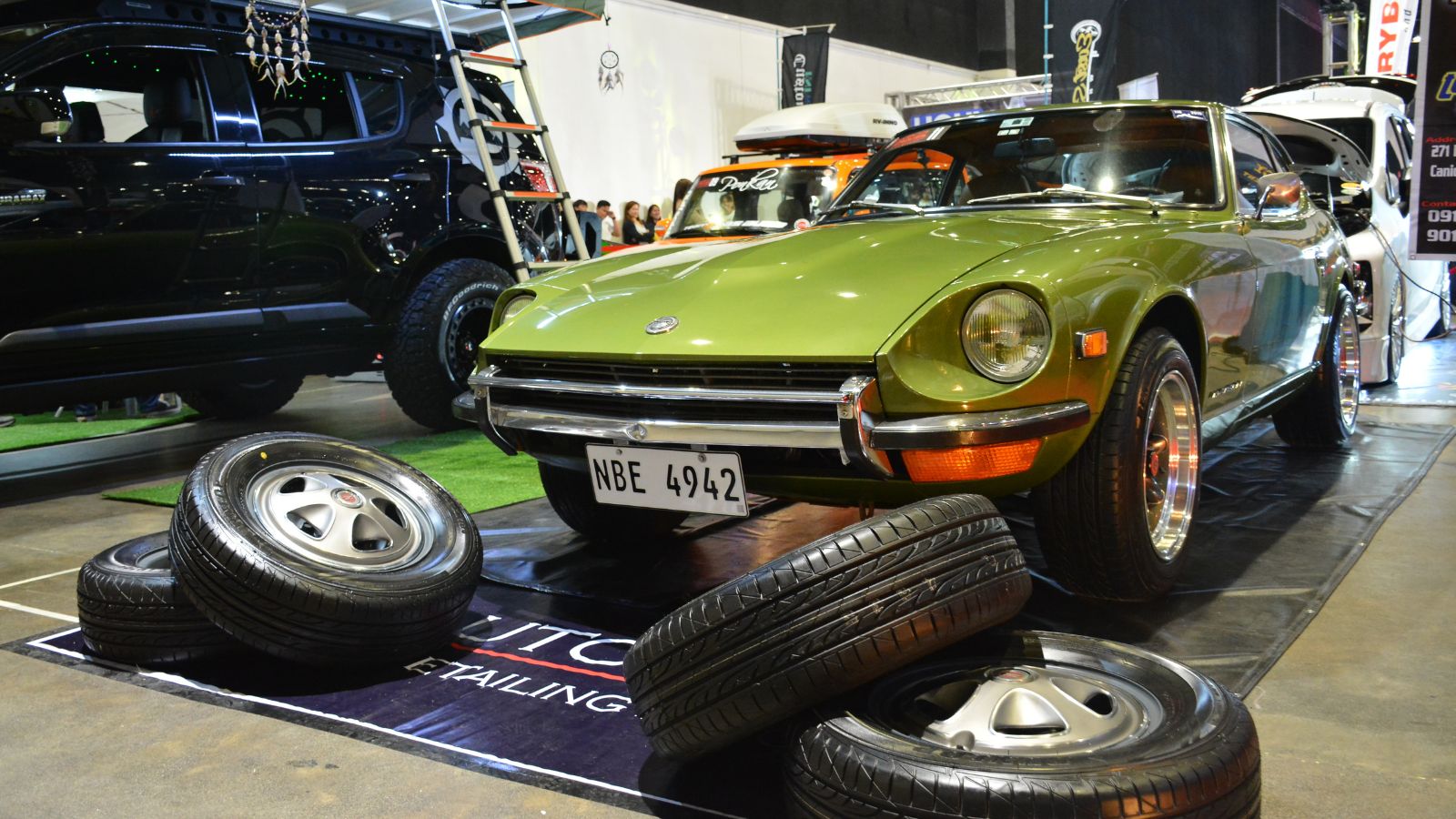
Affordable sports cars didn’t exist before the Datsun 240Z. Its stunning design, penned by Yoshihiko Matsuo, captured the attention of American and European markets. The 240Z’s competitive pricing—around $3,500—made it a more accessible alternative to European rivals like the Porsche 911 and Jaguar E-Type. In total, over 150,000 units were sold during its production run. Essentially, the 240Z is considered the car that put Japanese automakers on the global sports car map, leaving a legacy of performance and style.
Mercedes-Benz S-Class (1972)
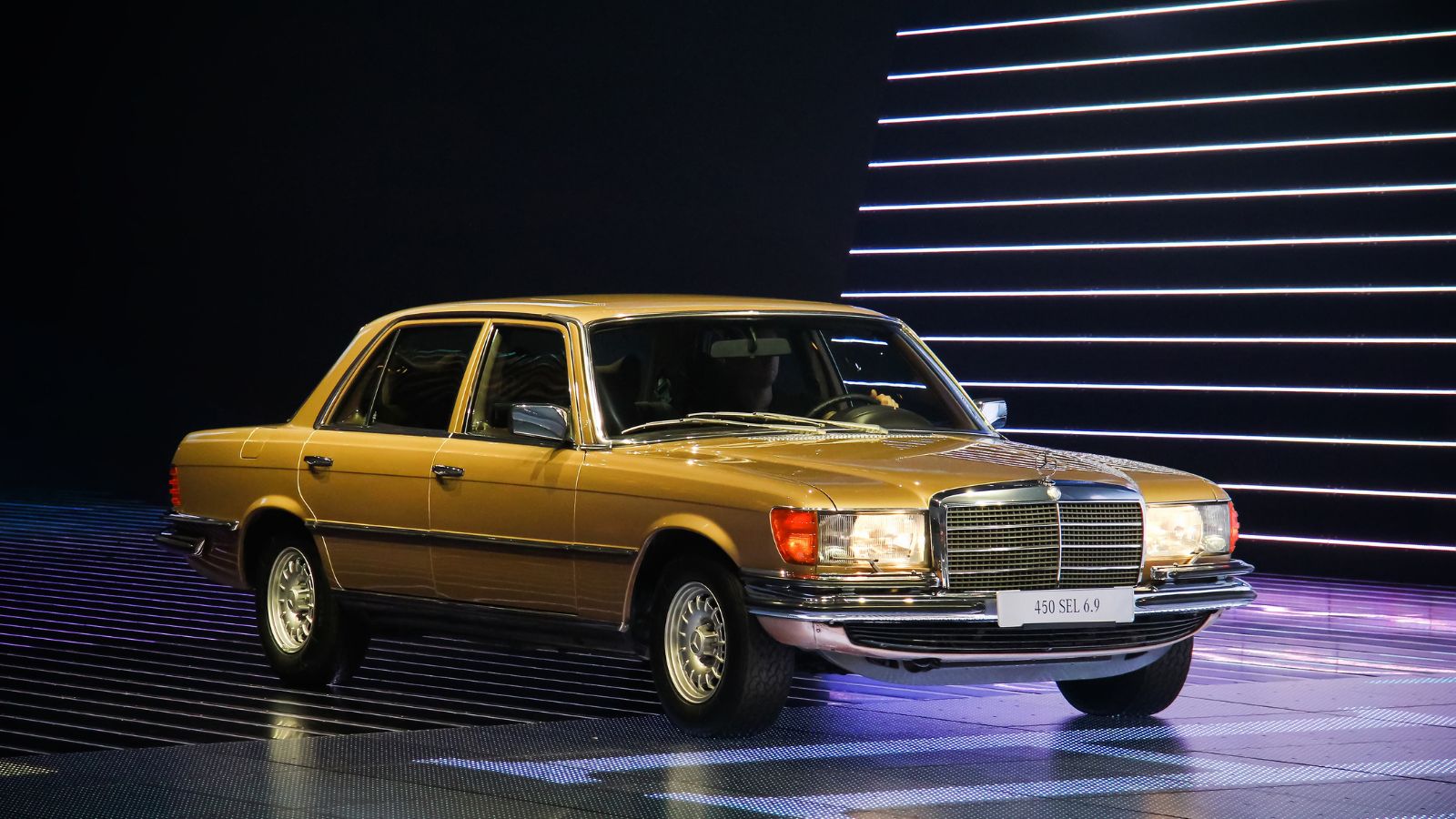
If the S-Class does it, everyone else follows. Introduced as the first vehicle to bear the S-Class name, it combined refined engineering with cutting-edge technology. The W116 also featured a distinctive design, including its squared-off headlights and sharp lines, which set it apart from its predecessors. This flagship sedan has consistently introduced cutting-edge technology, from anti-lock brakes to adaptive cruise control. It’s the automotive equivalent of a crystal ball.
Honda Civic (1973)
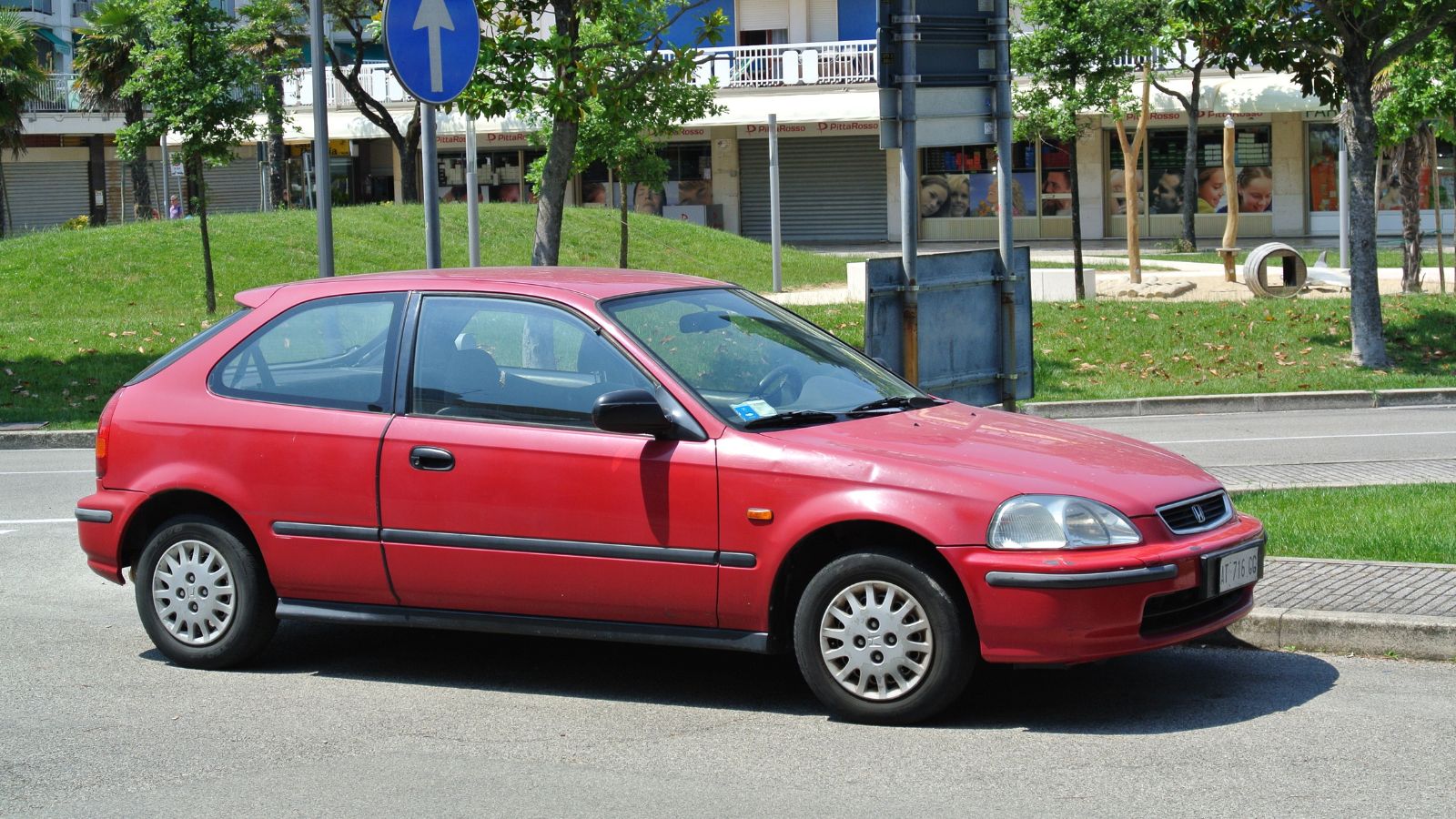
When the oil crisis hit, the Honda Civic was ready. Introduced in the U.S. as a response to the growing demand for fuel-efficient vehicles during the oil crisis, the Civic was powered by a 1.2-liter, 4-cylinder engine, offering 50 horsepower. This tiny engine helped deliver impressive fuel economy, making it an attractive option for drivers looking to save on gas. Small, fuel-efficient, and reliable, it became the go-to car for frugal drivers. Also, its enduring popularity has made it a cornerstone of Honda’s success.
BMW 3 Series (1975)
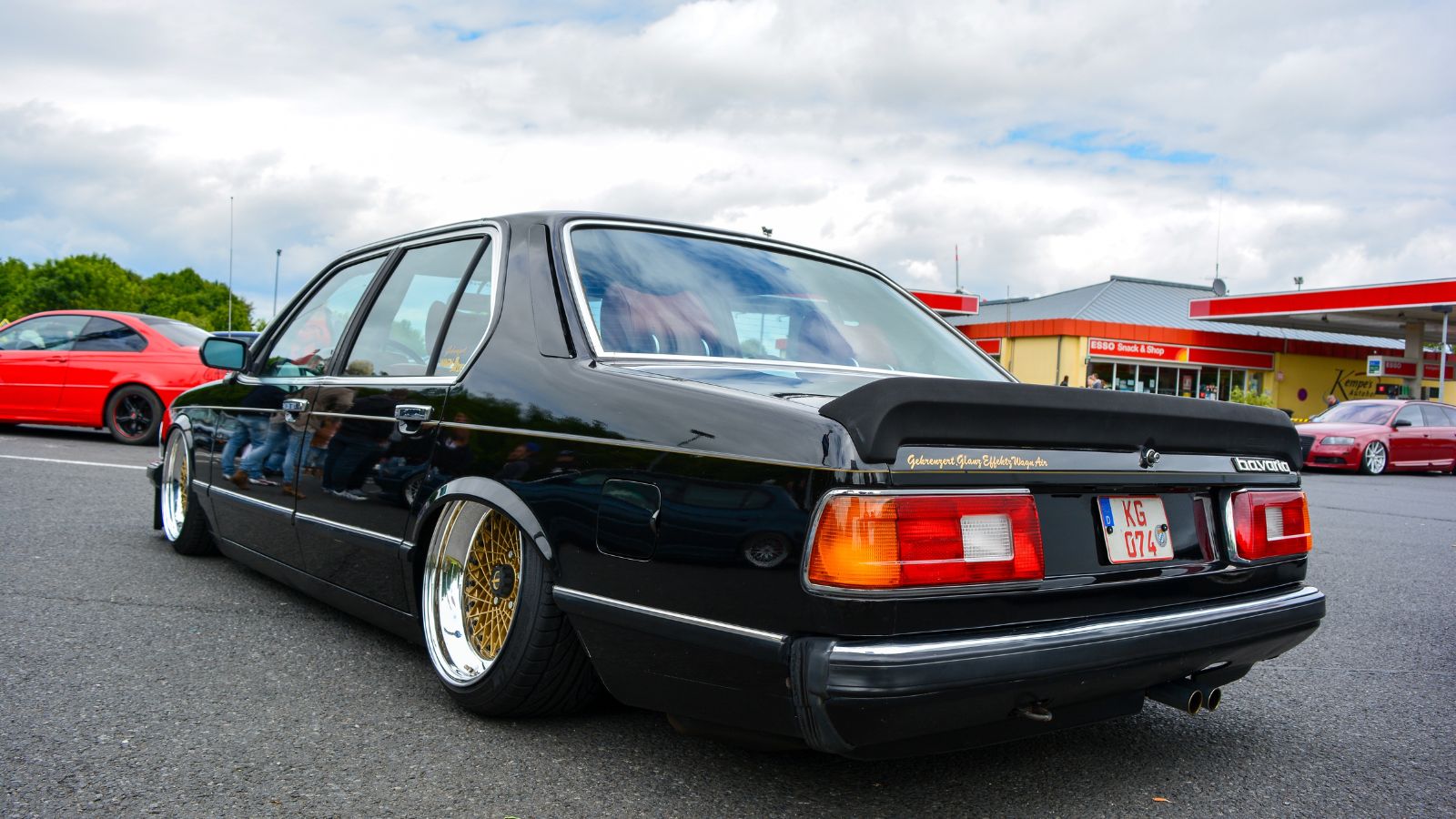
The 3 Series didn’t just set the standard for luxury sports sedans; it created the segment. Known as the E21, the first-generation 3 Series was designed by Paul Bracq and offered sporty dynamics wrapped in a sleek, aerodynamic body. It initially came in two-door sedan and, later, four-door versions. Engine options ranged from the 1.6-liter to the 2.0-liter inline-4 engines, with the 320i being the most popular. Further, it laid the groundwork for the 3 Series legacy that continues to this day as a benchmark in performance sedans.
Porsche 911 (1964)
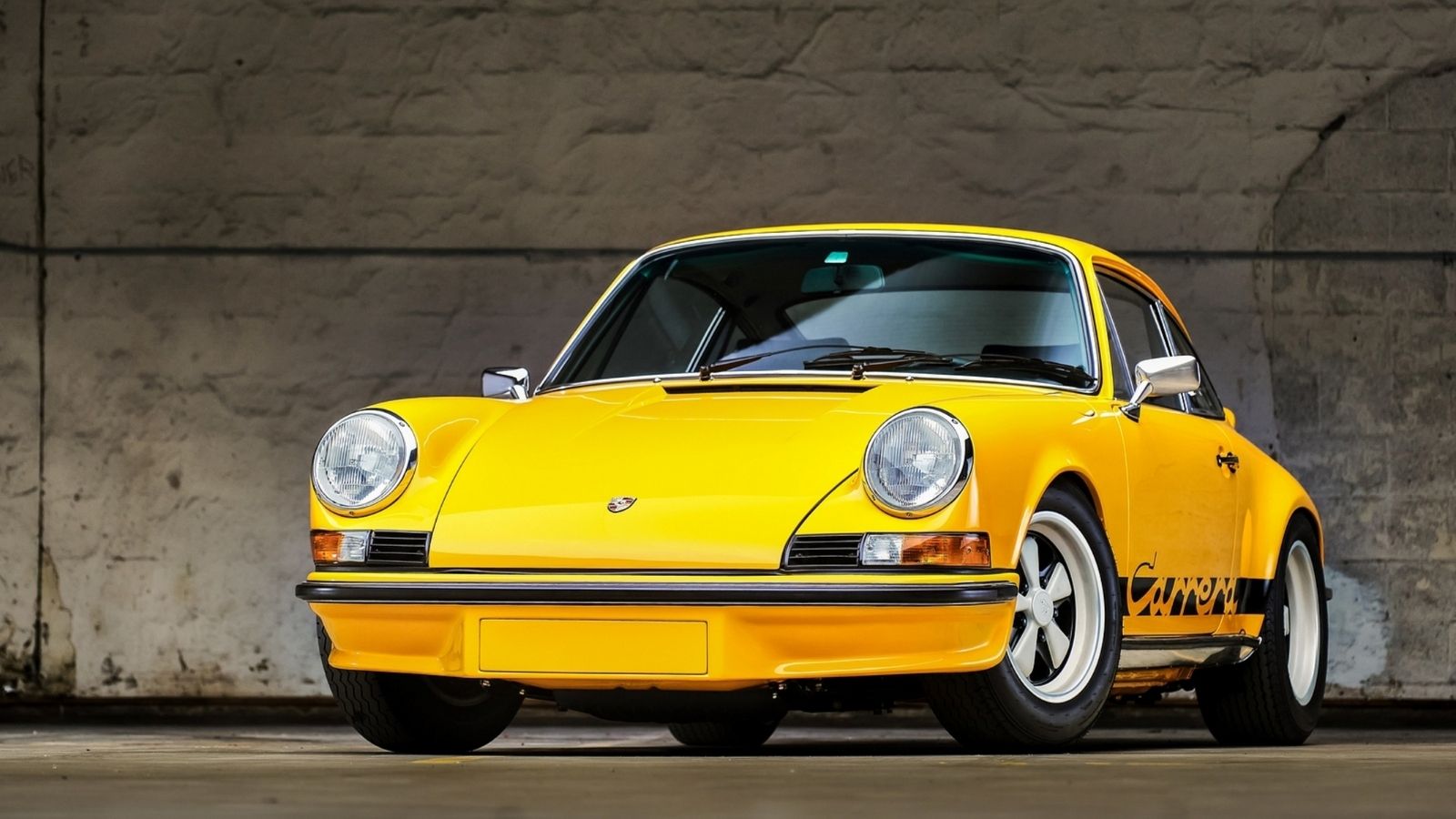
Few cars have a lineage as iconic as the Porsche 911. The 911’s innovative design offered excellent handling and stability, particularly its rear-engine configuration. Also, over the years, it’s undergone continuous refinement, maintaining its unique identity while incorporating modern performance enhancements. Today, the Porsche 911 remains one of history’s most revered and recognizable sports cars, with a strong following among enthusiasts and collectors.
Toyota Prius (1997)
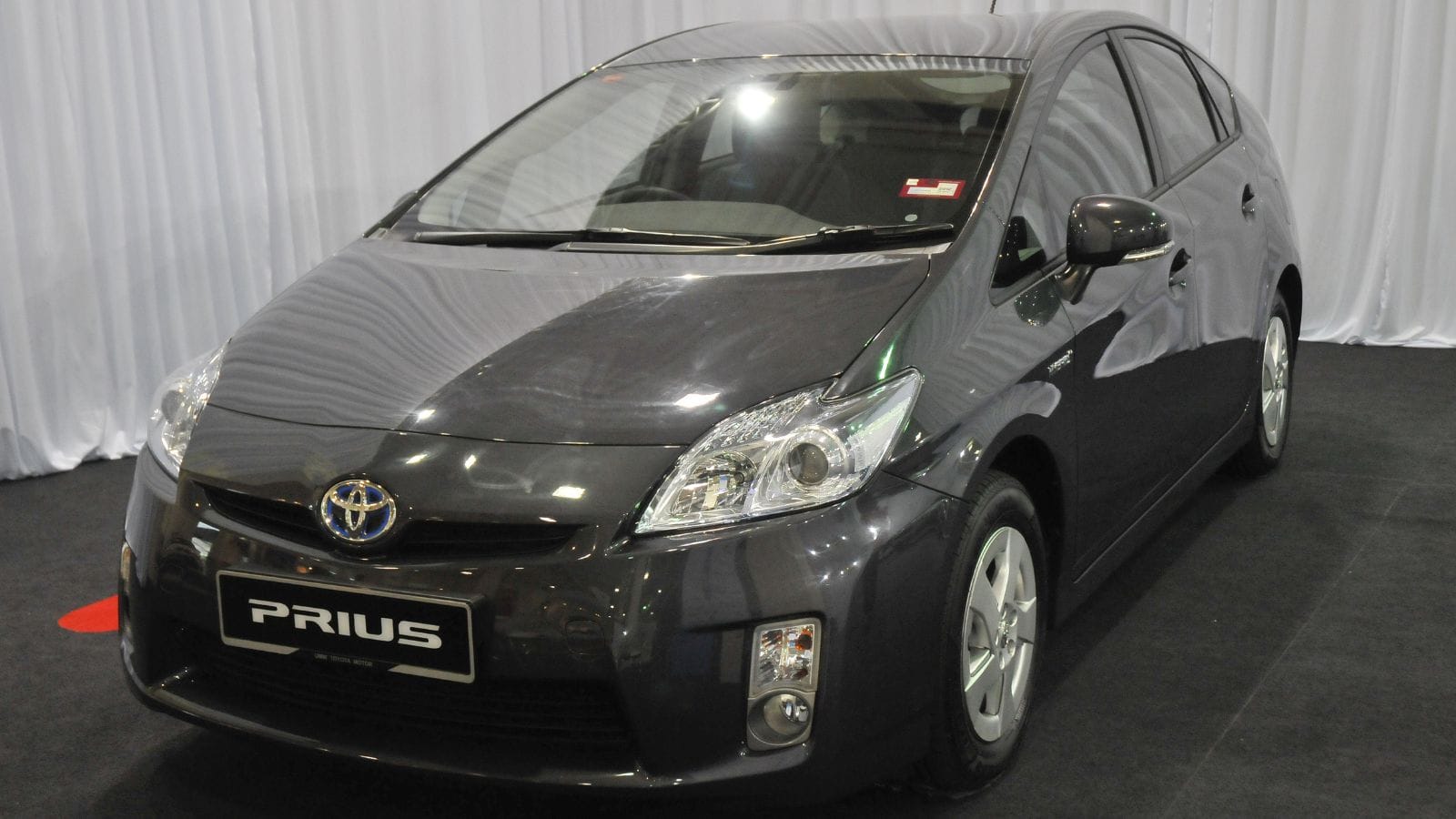
Love it or mock it, the Prius brought hybrid technology to the masses. With a modest 97 horsepower (don’t expect to win drag races), it proved efficiency > speed. Its “Toyota Hybrid System” was so ahead of its time it felt like it came from a sci-fi movie, minus the lasers. It wasn’t just a car but a statement—complete with quirky early 2000s tech vibes. Japan loved it so much that it stayed home until 2000, when it finally graced global roads. Prius: the eco-warrior that started it all.
Tesla Model S (2012)
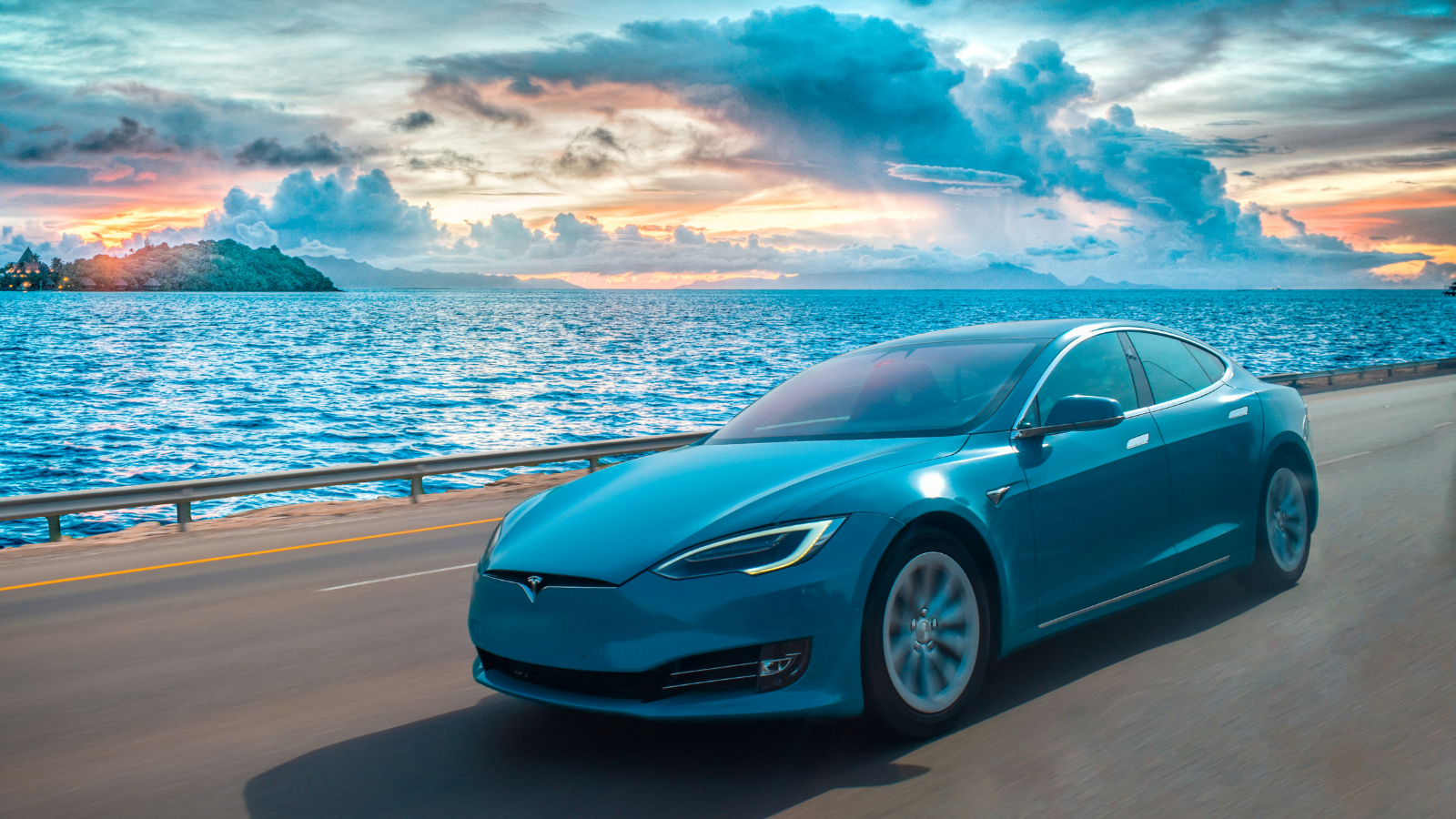
The 2012 Tesla Model S is the electric car equivalent of a rock star, stealing the spotlight with its blend of brains and brawn. Under the hood or the floor, its electric motor delivered up to 416 horsepower, making it quick enough to embarrass sports cars at the lights. The interior felt like a spaceship, with a massive 17-inch touchscreen controlling almost everything except your emotions. Oh, and it had a frunk—a front trunk—because why not? The Model S wasn’t just a car but a statement that the future had arrived. Elon’s brainchild sure turned heads!
Mazda MX-5 Miata (1989)
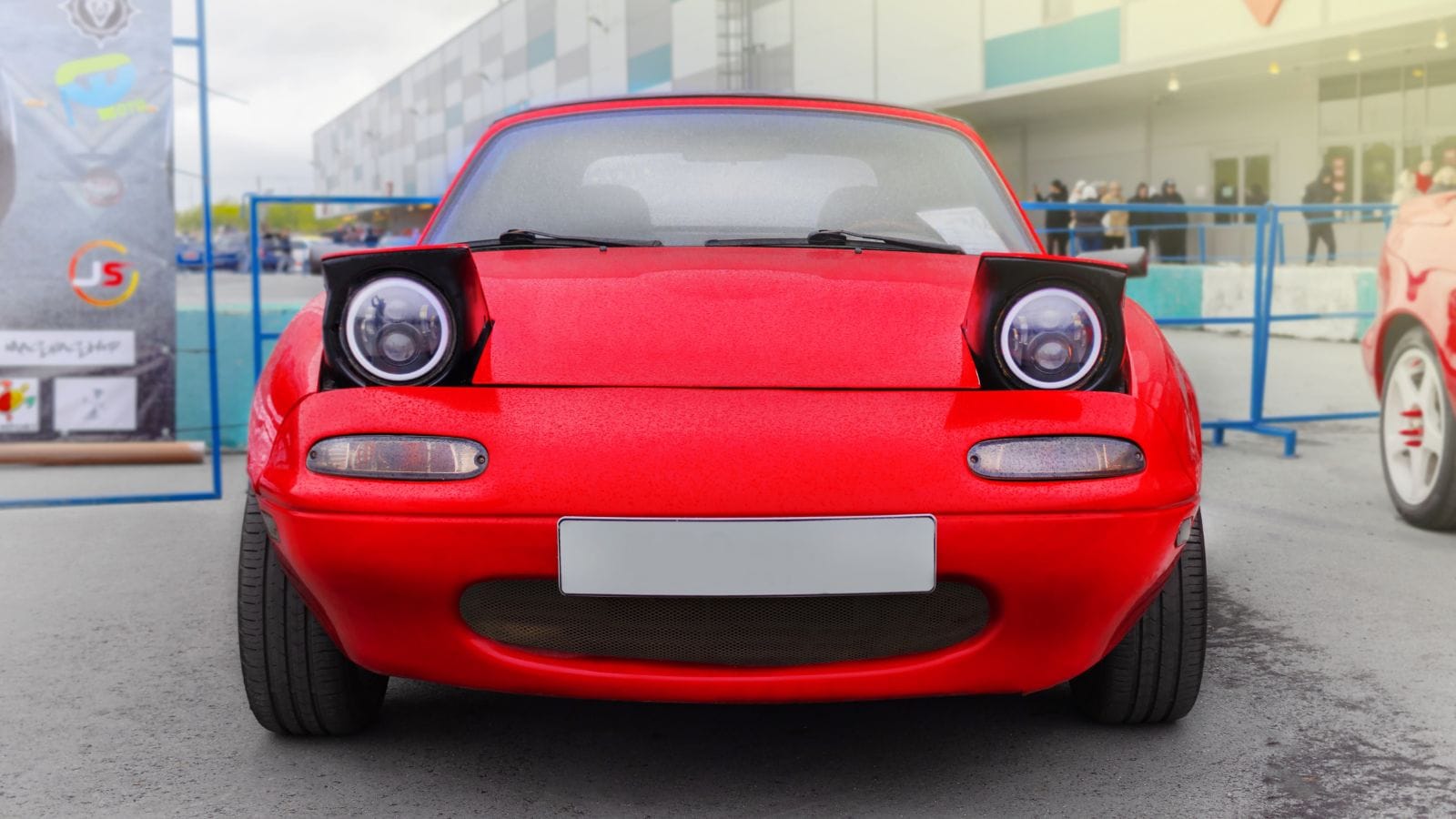
The 1989 Mazda MX-5 Miata debuted as a little roadster with big dreams—like if a go-kart went to charm school. Inspired by classic British sports cars (but without the oil leaks and electrical tantrums), it flaunted a lightweight chassis (2,100 lbs. soaking wet), rear-wheel drive, and pop-up headlights so adorable they could moonlight in a Pixar film. Priced at around $14,000 at launch, the Miata became the poster car for “affordable fun.” And boy, did it deliver, kickstarting a cult following and the still-relevant philosophy: “Miata Is Always The Answer” (MIATA).
Hummer H1 (1992)
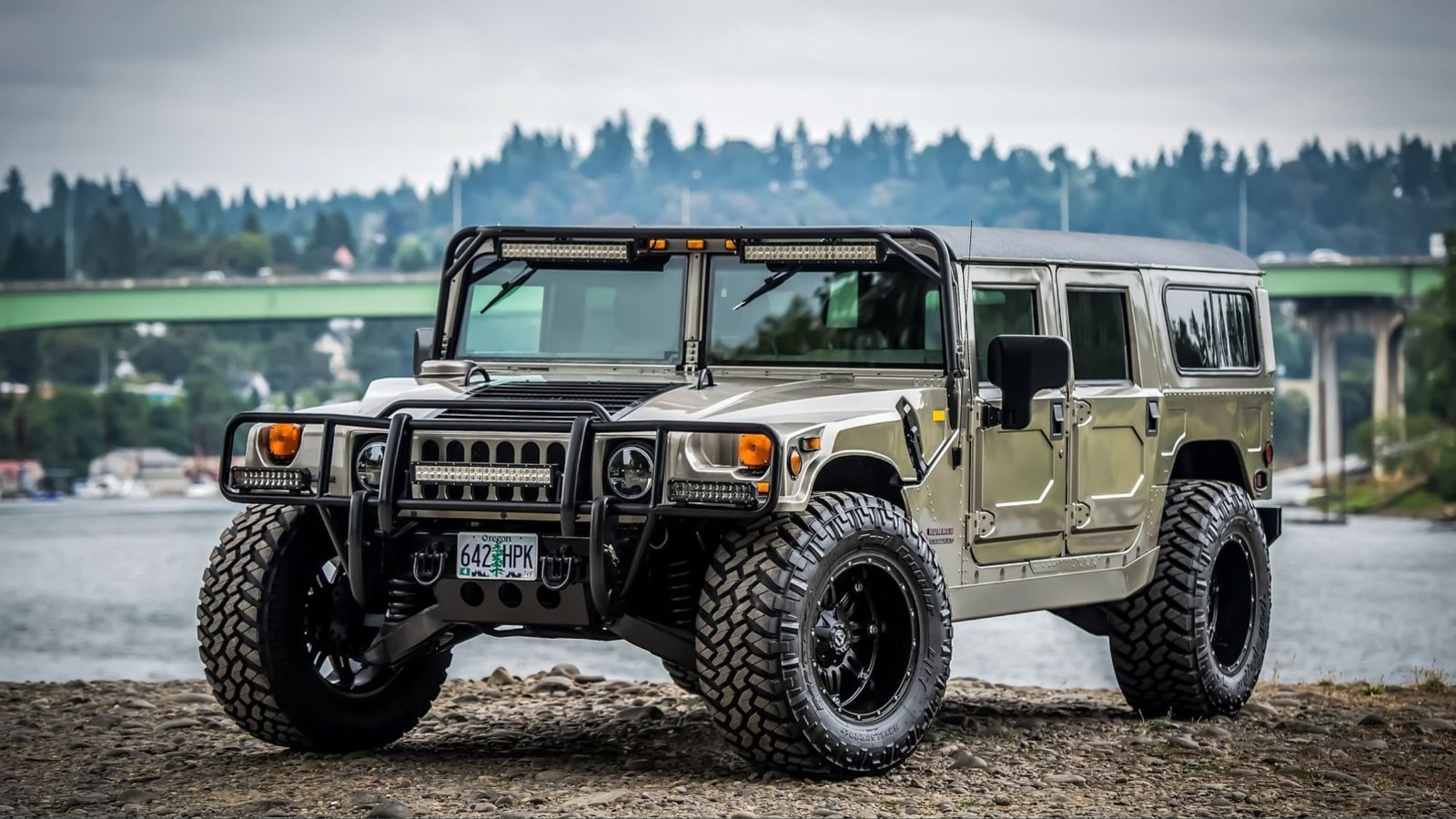
Originally a military vehicle, the Hummer H1 became a civilian icon of excess. Powered by a 6.2L diesel V8 (with other engines later), it delivered torque to conquer mountains—or at least the local mall’s speed bumps. This beast also had a ground clearance of 16 inches and a fording depth of 30 inches. Translation? It could cross streams while SUVs wept on dry land. Comfort? Just say luxury wasn’t its strong suit; the interior was about as plush as a battleship.
Bugatti Veyron (2005)
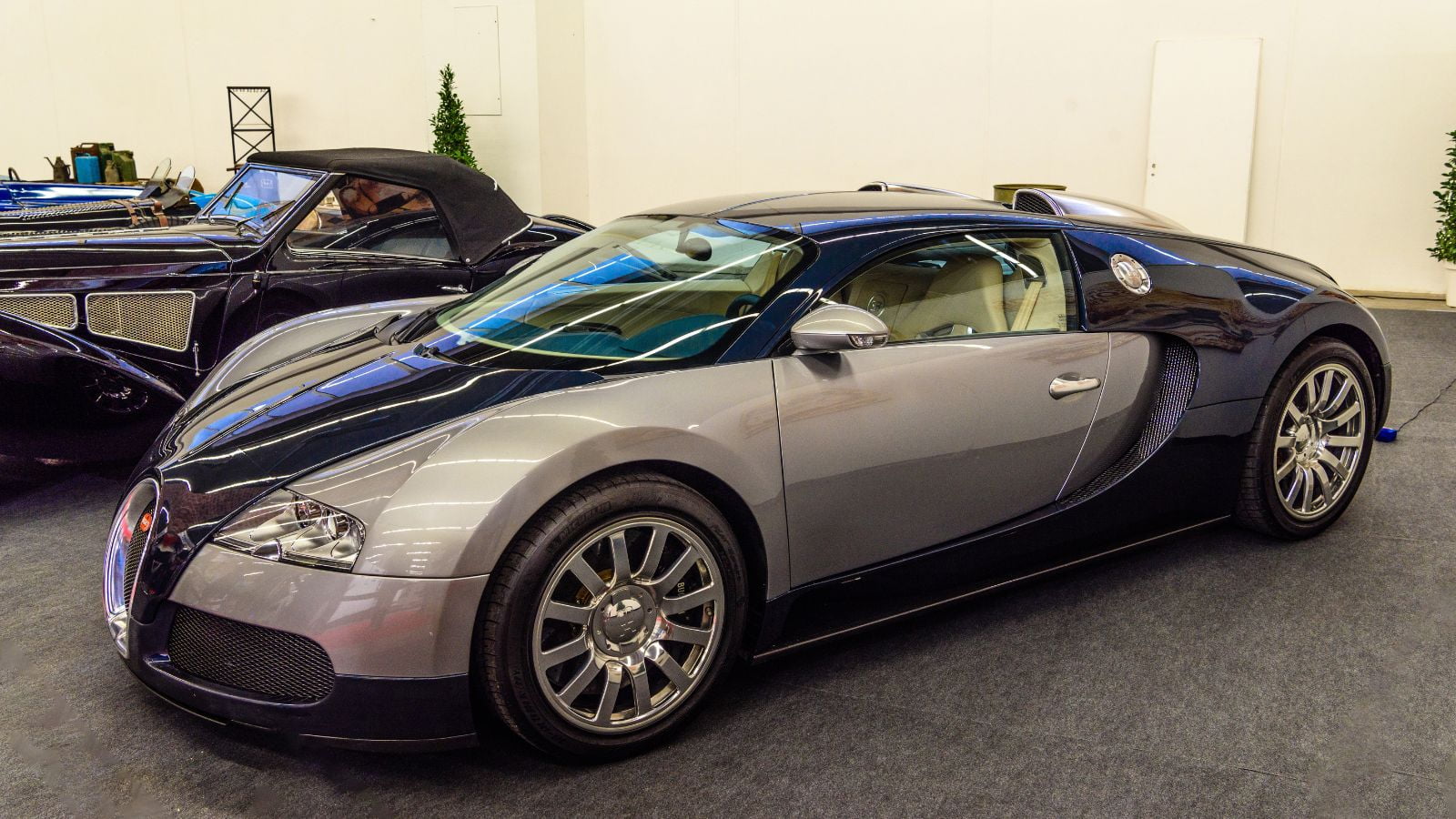
The Veyron wasn’t just fast; it was absurdly fast. With a top speed of over 250 mph and a price tag to match, it redefined what supercars could do. The Veyron came with Michelin Pilot Sport PAX tires, custom-built to handle its madness, and replacing them? Oh, just $25,000 a set. Its interior was a luxurious cocoon of leather and aluminum because who doesn’t want to feel like royalty while defying aerodynamics?
Chevrolet Volt (2010)
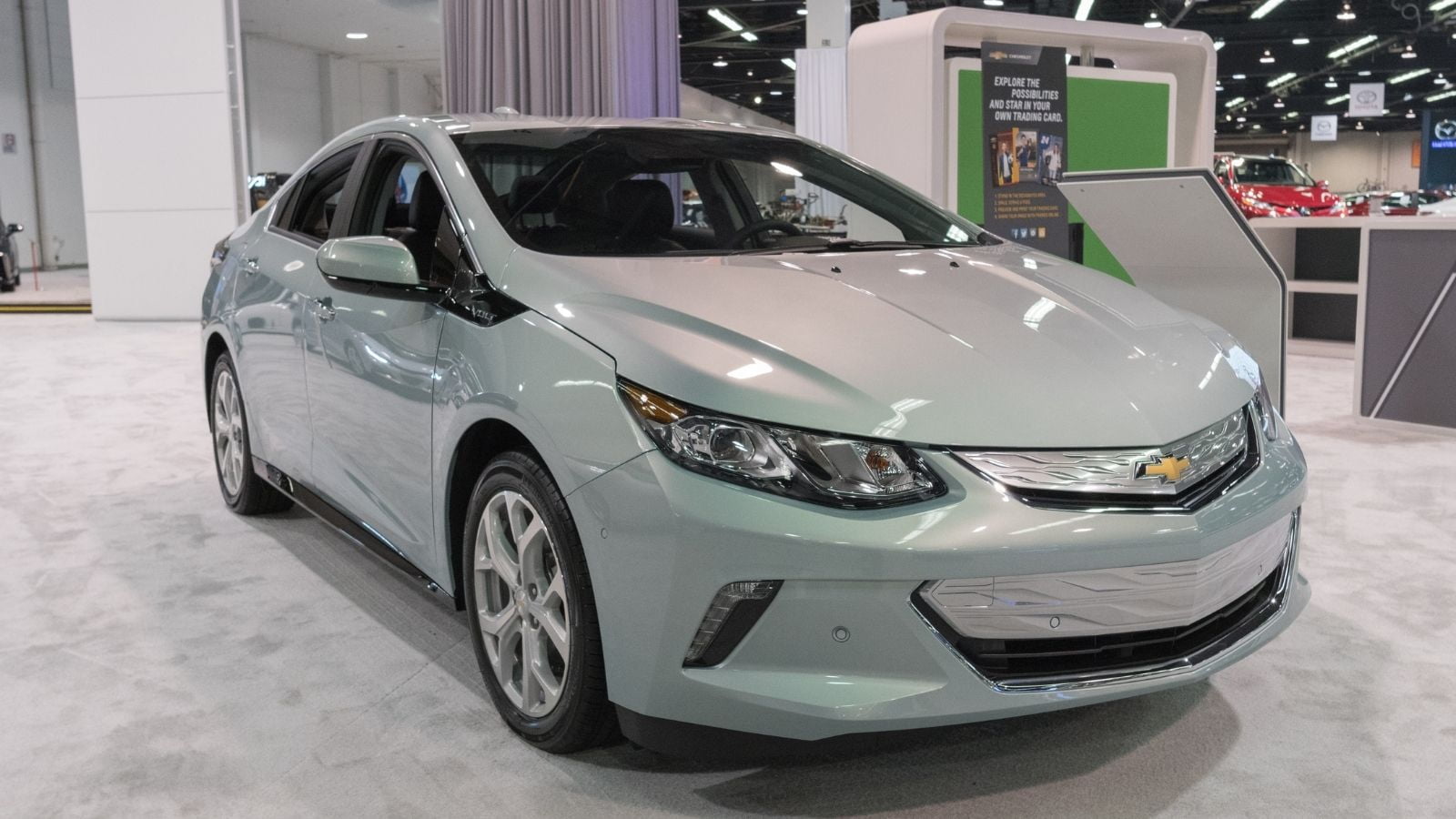
The 2010 Chevrolet Volt, Chevy’s quirky brainchild, was an electrifying step into the hybrid world. Its lithium-ion battery pack was the crown jewel, cleverly T-shaped and hugging the floor for better handling (and a slimmer wallet if it needed replacing). The Volt’s futuristic design, including an aerodynamic face, screamed, “I’m green and I know it!” And, with 149 horsepower, it wasn’t a speed demon, but it could hum along nicely while saving the planet. Plus, priced at $41,000 before rebates, it was eco-friendly-ish. Love it or not, the 2010 Volt sparked Chevy’s electric revolution.
Ford F-150 (1948)
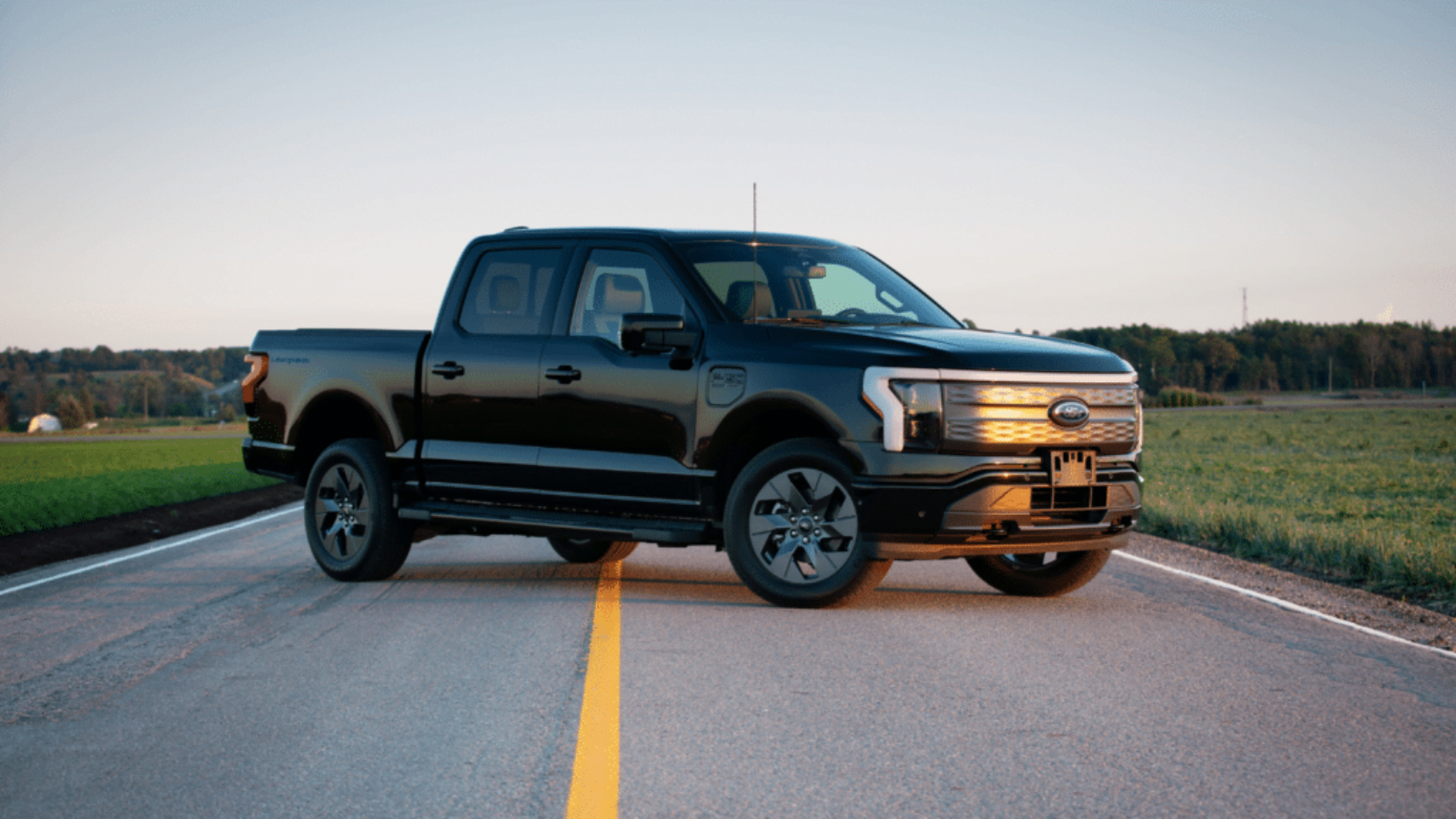
The 1948 Ford F-150 is where the iconic F-Series began, sparking a love affair between Americans and their trucks. Officially dubbed the “Ford Bonus-Built,” this bad boy wasn’t just a workhorse but a stylish slab of Americana with a robust flathead V8 engine humming under its hood like a caffeinated bear. It could haul everything from hay to hopes and dreams, thanks to its impressive 145 lb.-ft of torque. And, built like a tank but driven with a farmer’s finesse, the ’48 F-150 wasn’t just a truck but a promise of freedom and utility.
Chevrolet Corvette (1953)
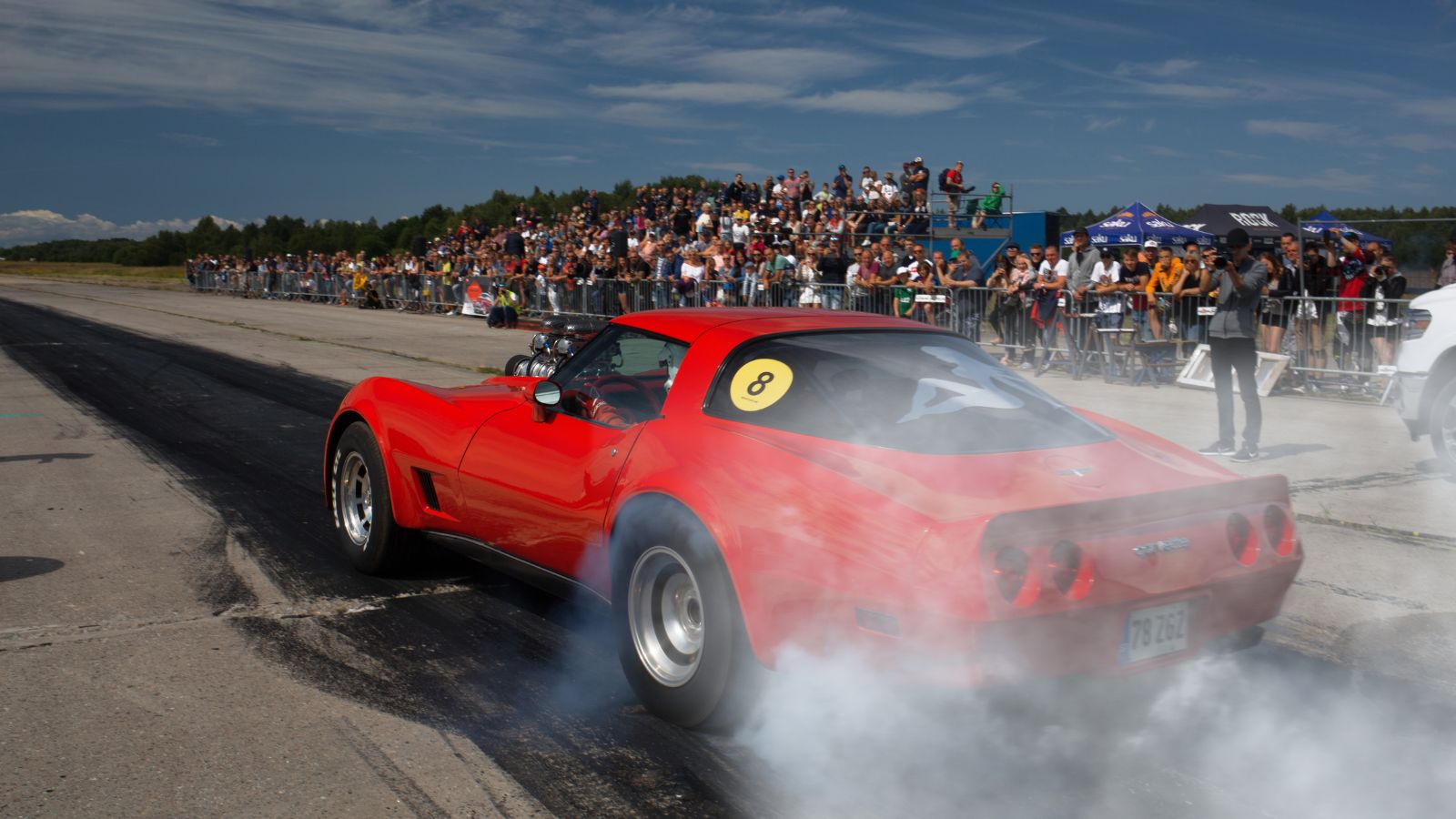
America’s sports car has always been a disruptor. Only 300 were made, each handcrafted in Polo White with a red interior—because subtlety wasn’t the 1950s’ strong suit. Powered by the “Blue Flame” 235 cubic-inch inline-six engine, it had 150 horsepower, paired with a 2-speed Powerglide automatic transmission. Speed demon? Not quite, but it was America’s first actual sports car, stealing hearts rather than races. Oh, and fun fact: its initial sales pitch involved convincing Americans that sports cars could work without tea and crumpets. Spoiler alert: it worked!
Nissan Leaf (2010)
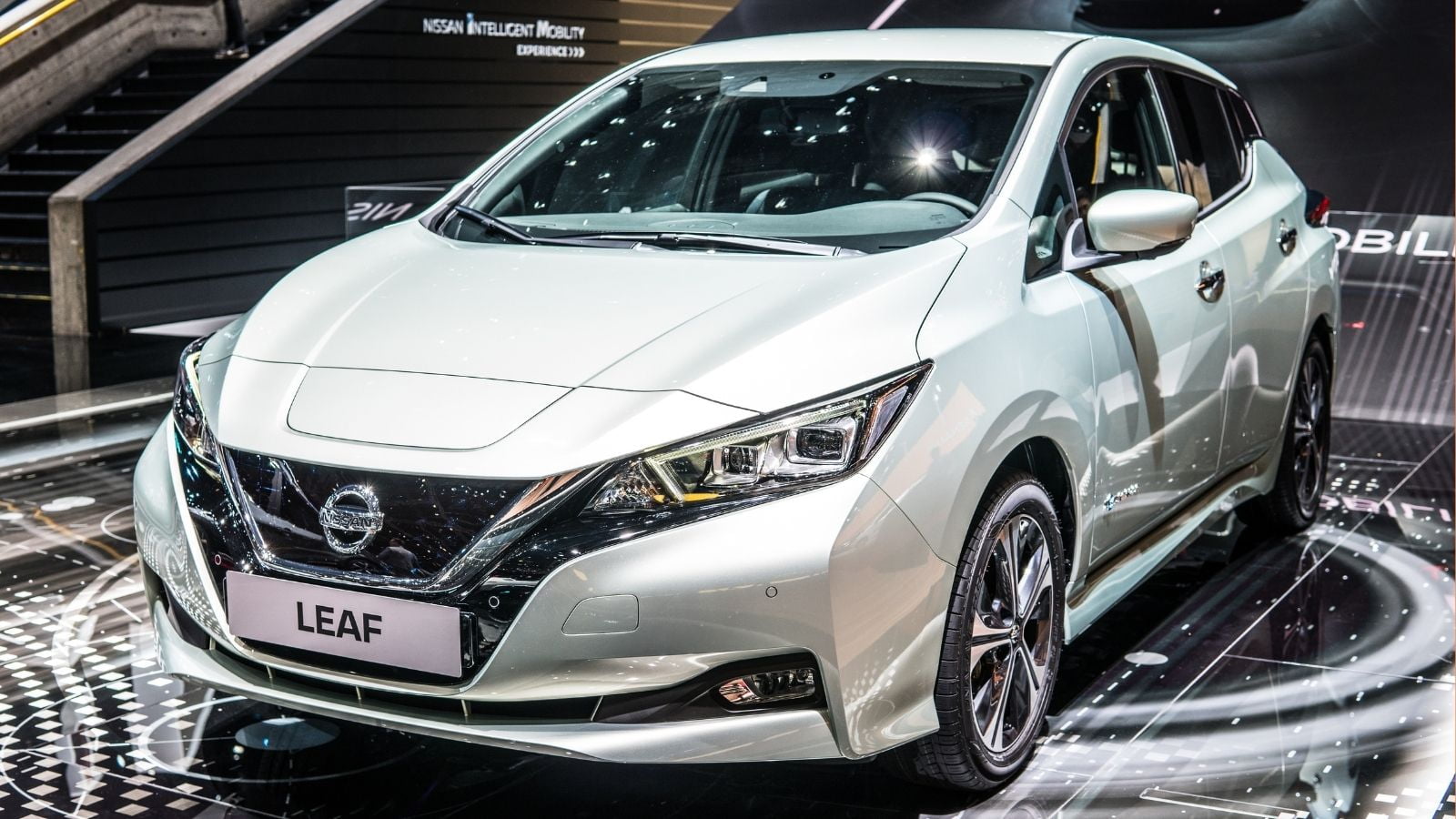
The 2010 Nissan Leaf, the world’s first mass-market electric vehicle (EV), was Nissan’s zippy answer to gas guzzlers. With a top speed of 90 mph and a 0–60 mph time of about 10 seconds, the Leaf wasn’t exactly built for drag racing but excelled at quietly sneaking up on pedestrians (watch out!). Charging took 8 hours on a Level 2 home charger or a “quick” 30 minutes for 80% juice on a DC fast charger. And, despite its humble beginnings, the 2010 Leaf sparked an EV revolution. It proved that a cleaner, greener commute didn’t have to cost the Earth—or sound like a lawnmower.
Cybertruck (2021)
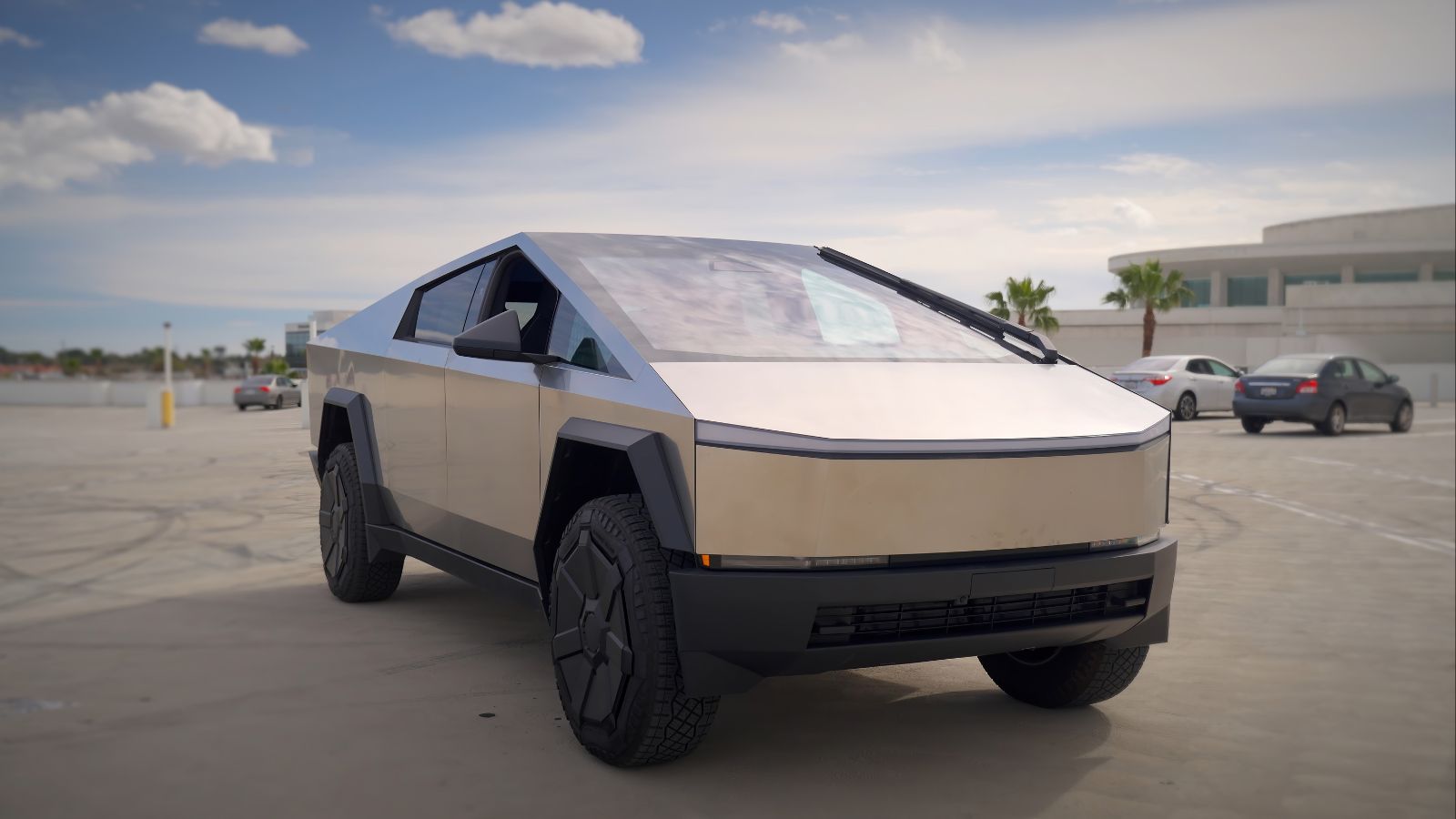
The Cybertruck, unveiled in 2019, didn’t roll into 2021 quietly—it smashed in with a steel exoskeleton that could shrug off most dings and an unbreakable (oops, sort of) glass window. Tesla’s electric truck promised to tow up to 14,000 pounds, haul 3,500 pounds, and zoom from 0-60 mph in as little as 2.9 seconds, leaving sports cars weeping in its dust. With a self-leveling suspension, a tough-as-nails exterior, and a price of $39,900, this truck aimed to revolutionize utility vehicles. Pre-orders? Over a million! Its vibe? Part apocalypse-ready, part electric revolution. Tesla sure knows how to keep us talking.
18 Budget-Friendly Electric Cars That Last Longer Than Their Loans — Economical Electrics

Electric vehicles are no longer a luxury for the elite—they’re a smart investment for the everyday driver. With manufacturers stepping up to the plate, affordable EVs now deliver on reliability, range, and modern comforts. Here’s a look at 18 economical electric cars engineered to outlast their payment plans.
18 Budget-Friendly Electric Cars That Last Longer Than Their Loans — Economical Electrics
